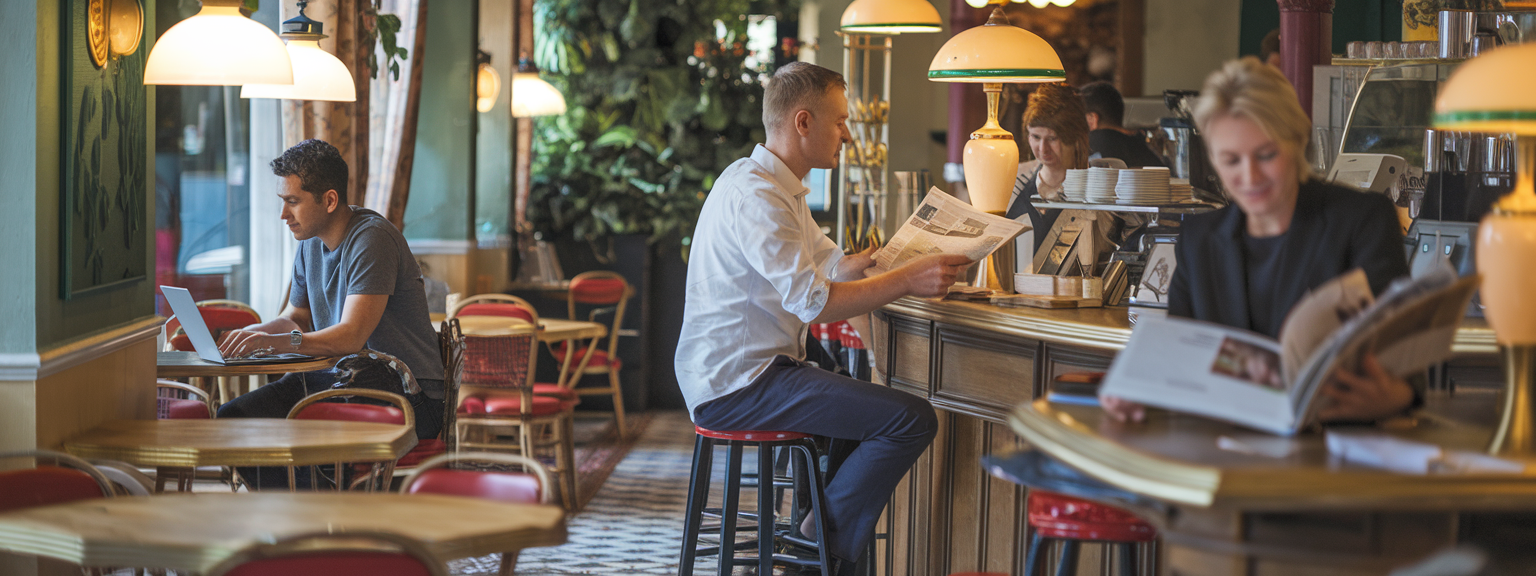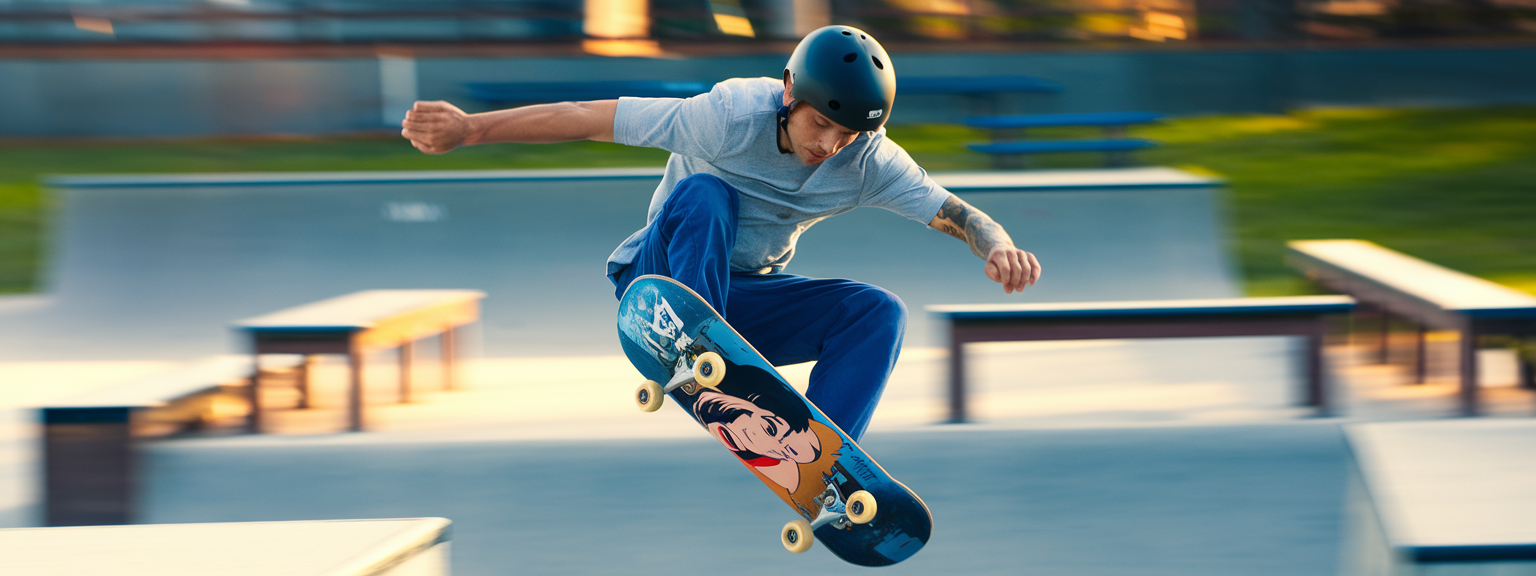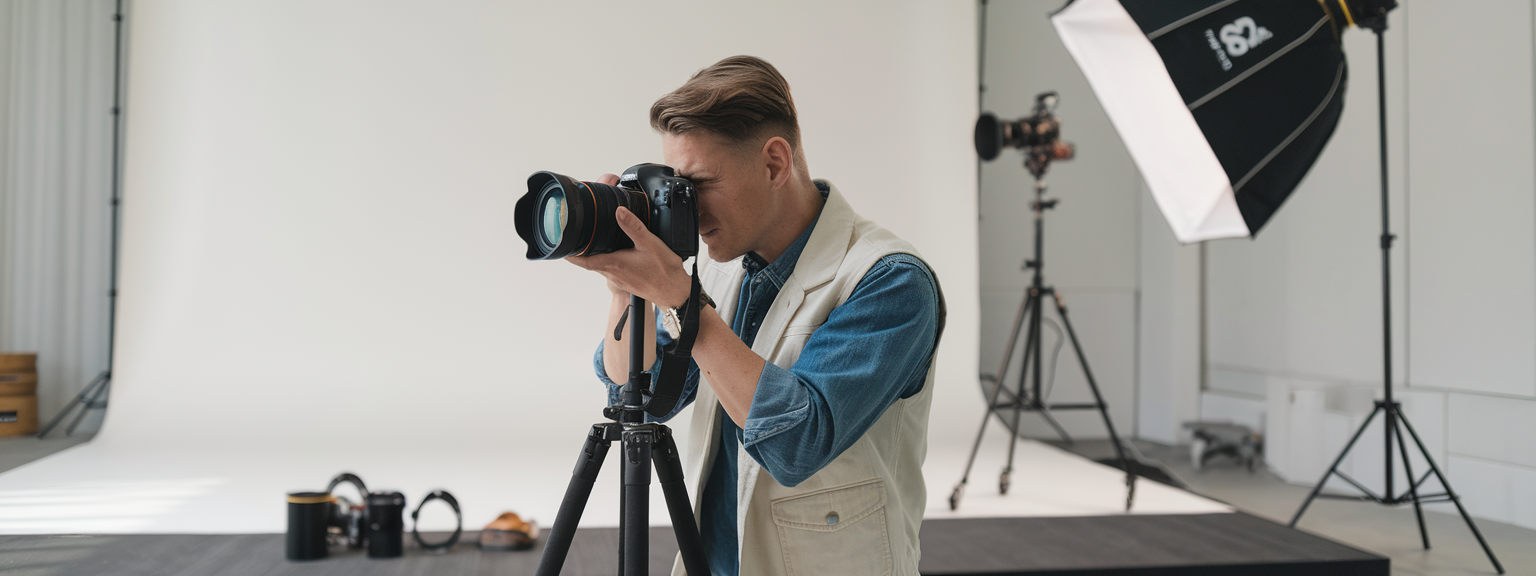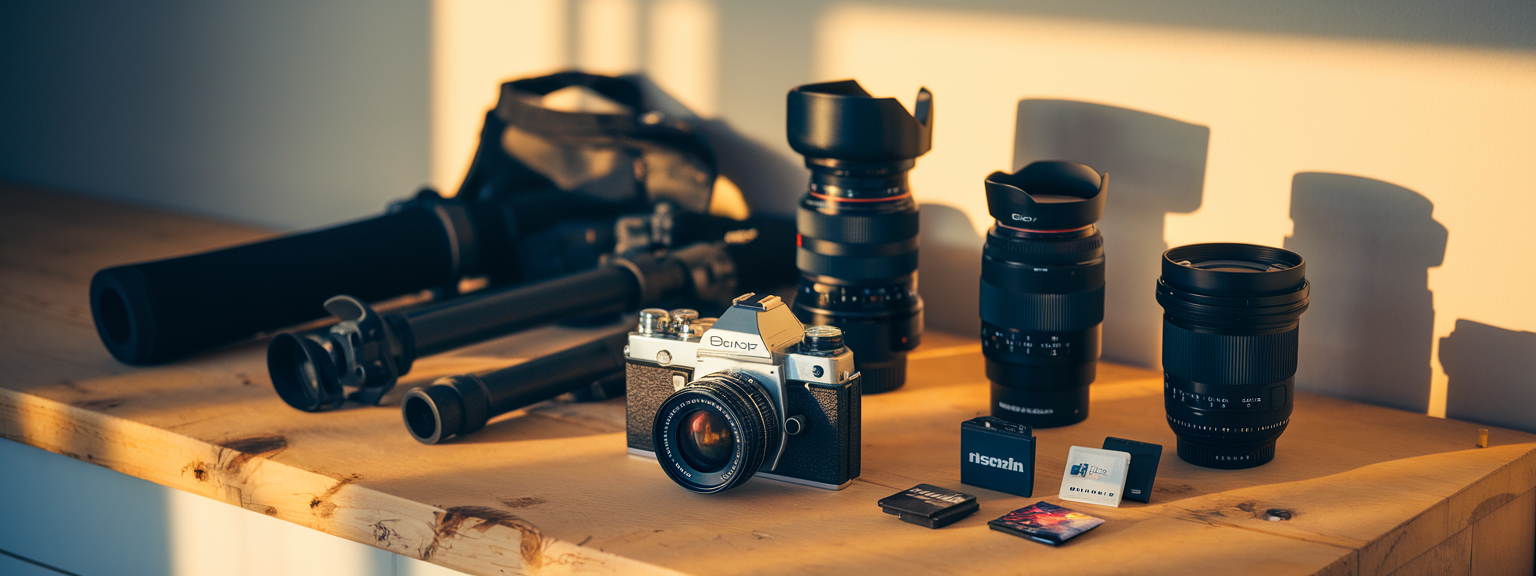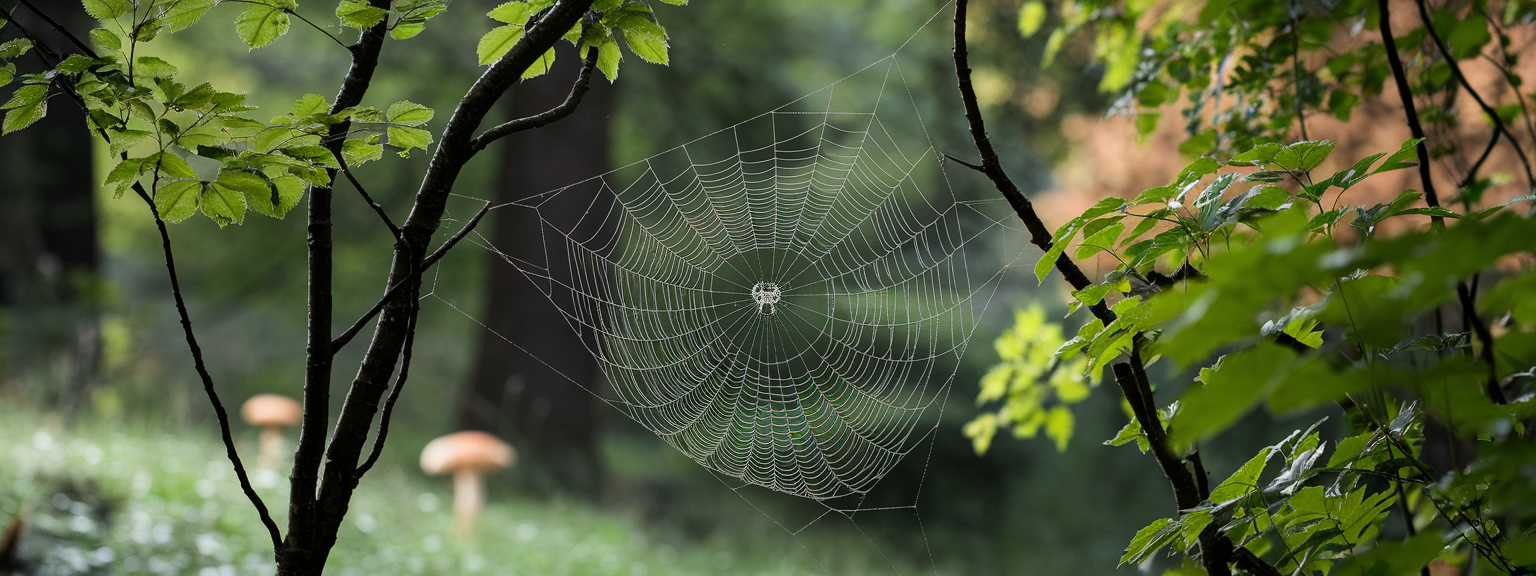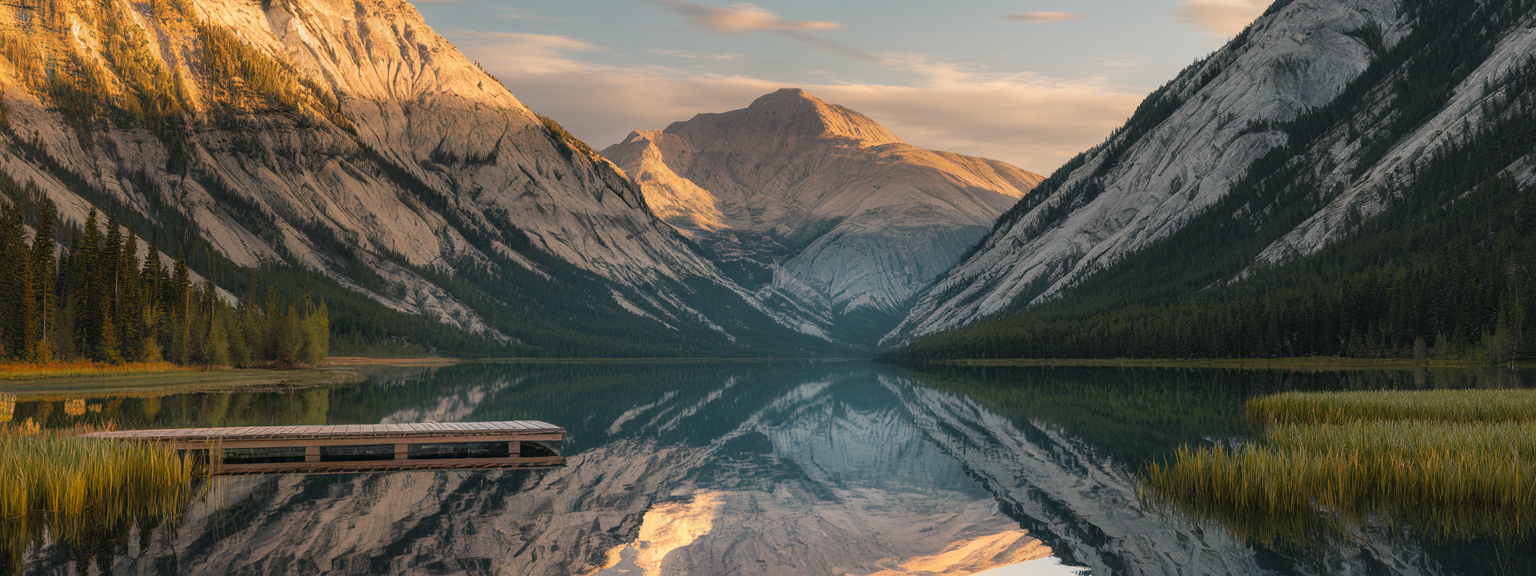10 Essential Travel Photography Tips for Stunning Shots

Travel photography is an art form that blends technical skill, creative vision, and cultural awareness. With the right travel photography tips, you can turn ordinary snapshots into compelling visual stories. Whether you are exploring historic streets, capturing rugged landscapes, or documenting vibrant festivals, understanding travel photo ideas, mastering photography for travelers, and applying essential travel photography techniques will ensure your images stand out. This comprehensive guide provides professional insights, practical advice, and tested methods to help you excel in diverse shooting environments.
📝 Step-by-Step Guide: Travel Photography Tips for Beginners
1. Plan Your Shots in Advance
Research your destination thoroughly before you set off. Use image-based platforms such as Pinterest and Instagram’s location tags to gather travel photo ideas. Identify iconic landmarks, cultural activities, and seasonal events that could serve as perfect subjects. Planning will help you align your schedule with ideal lighting conditions, including the golden and blue hours.
2. Master Natural Light Photography
Natural light can be your strongest ally when photographing on the road. Early morning and late afternoon light casts warm tones with soft shadows, ideal for landscapes and portraits. During harsh midday sunlight, seek shade or use a diffuser to minimize contrast. The blue hour, just after sunset, provides a soft ambience perfect for cityscapes and architectural photography.
3. Understand Camera Settings for Travel
Knowing your camera inside out enables you to adapt to changing conditions quickly. In aperture priority mode, select a wide aperture (f/2.8–f/5.6) for portraits and a narrower aperture (f/8–f/11) for landscapes. Shutter priority mode will help you freeze action or introduce motion blur. Keep ISO low in daylight for optimal image quality, raising it in low-light scenarios with caution to avoid excess noise.
4. Choose the Best Travel Lenses and Equipment
Select a compact yet versatile kit to maximize mobility. A 24–70mm f/2.8 lens is an all-rounder for varied subjects. Pair it with a 35mm f/1.8 for low-light and street photography, and a 70–200mm for wildlife or distant subjects. Accessories should include a lightweight tripod, extra memory cards, spare batteries, and a protective weather cover.
5. Apply Strong Travel Photo Composition
Composition directs visual storytelling. Apply the rule of thirds to place your subject off-center, use leading lines to draw attention, and incorporate natural frames like arches or windows for depth. Including foreground elements can introduce layers that enhance viewer engagement.
6. Capture Local Culture and People Authentically
Portraits of locals can bring your travel stories to life, but they demand respect and sensitivity. Always seek permission and engage your subject in friendly conversation. Use lighting that illuminates the face evenly, and choose backgrounds that convey cultural context.
7. Include Candid Moments
Spontaneous scenes often reveal more than posed portraits. Use continuous shooting mode to capture subtle expressions, movements, and interactions that tell genuine stories.
8. Experiment with Creative Techniques
Long exposures can transform night scenes into dynamic compositions with light trails or silky water effects. Try panoramic shots for sweeping landscapes. Reflections in water, mirrors, or glass surfaces can add intrigue and symmetry to your shots.
9. Edit with Purpose
Post-processing should refine your image’s strengths without over-altering reality. Use tools like Lightroom or Capture One for exposure corrections, color balancing, and cropping. Maintain a natural aesthetic to preserve authenticity.
10. Build a Narrative Through a Photo Series
Organize images into thematic series to create an immersive travel story. Balance wide establishing shots with medium views and artistic close-ups to guide the viewer through your journey.
📌 Practical Applications: Travel Photography Tips for Real Trips
Case Study 1: Street Market in Morocco
Arriving early captures rich tones and reduces tourist interference. Use a 35mm lens to frame both the subject and the surrounding atmosphere. Shoot interactions between vendors and customers for authentic cultural documentation.
Case Study 2: Alpine Sunrise in Switzerland
Research the exact location of sunrise. Hike to a vantage point before dawn with a wide-angle lens. Incorporate a human figure to convey scale in your landscape compositions.
Case Study 3: Nightscape in Tokyo
Opt for a tripod-supported long exposure to capture neon lights vividly. Use puddles after rain for dynamic reflections of architecture and signage.
💡 Tips & Tricks: Travel Photography Tips for Better Shots
- Carry a microfibre cloth to keep your lens free of dust and smudges.
- Shoot in RAW format for maximum editing flexibility.
- Use burst mode for wildlife, sports, and fleeting moments.
- Change perspectives regularly: shoot from low angles, overhead, and eye level.
- Always check behind you for unexpected compositions.
📸 Sample Scenario
You are in Bali at a temple during sunrise. Arriving 30 minutes before, you set up a tripod with a 24–70mm lens. Shooting at ISO 100 and f/8, you start with wide, backlit silhouettes, then move to intricate carvings lit by the morning glow. Including locals in traditional dress provides a human element and adds cultural narrative to the sequence.
✅ Key Do’s for Effective Usage
- Plan around optimal light conditions.
- Respect cultural norms when photographing people.
- Travel light for agility.
- Backup images daily on multiple devices.
- Experiment with techniques beyond your comfort zone.
❌ Common Mistakes to Avoid
- Shooting exclusively at midday in strong sunlight.
- Excessive editing resulting in unnatural images.
- Neglecting compositional principles.
- Failing to back up photos regularly.
- Lacking a cohesive storytelling approach.
🔄 Troubleshooting & FAQs
What are the best camera settings for travel?
For landscapes, f/8–f/11 yields maximum depth of field. For portraits, f/2.8–f/4 separates the subject from the background. Adjust ISO and shutter speed according to available light.
How can I shoot in low light without blur?
Use a tripod, increase ISO moderately, and choose a lens with a wide aperture. Stabilize the camera to prevent motion blur.
What is the best all-around travel lens?
A 24–70mm f/2.8 provides versatility for most scenarios, from landscapes to portraits.
How do I capture candid moments without being intrusive?
Use smaller, discreet lenses, keep a comfortable distance, and anticipate action by observing your environment closely.
Should I use a smartphone or a dedicated camera?
For convenience, smartphones are excellent, especially with recent technological advancements. For superior quality and flexibility, mirrorless or DSLR cameras remain unmatched.
🖼️ Bringing It All Together
Mastering travel photography blends preparation, technical knowledge, and creative expression. By implementing the travel photography tips discussed—ranging from natural light mastery to narrative construction—you position yourself to capture images that resonate.
Your next journey offers limitless photographic possibilities. With considered planning, the right equipment, cultural sensitivity, and compositional skill, your travel images can evolve from personal memories to compelling visual stories that connect with a wider audience.
Visit our Photography Content Hub
Smart Resize by SmartLink Basics iPhone or iPad app
“`


![[Travel Photography Sunrise Shot] [Photographer capturing a mountain sunrise with camera — travel photography]](https://lenslesson.com/wp-content/uploads/2025/10/travel-photography-sunrise-camera-essentials.png)

